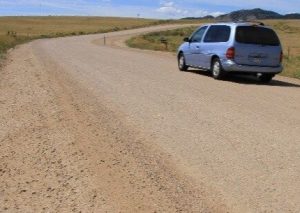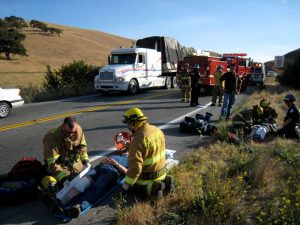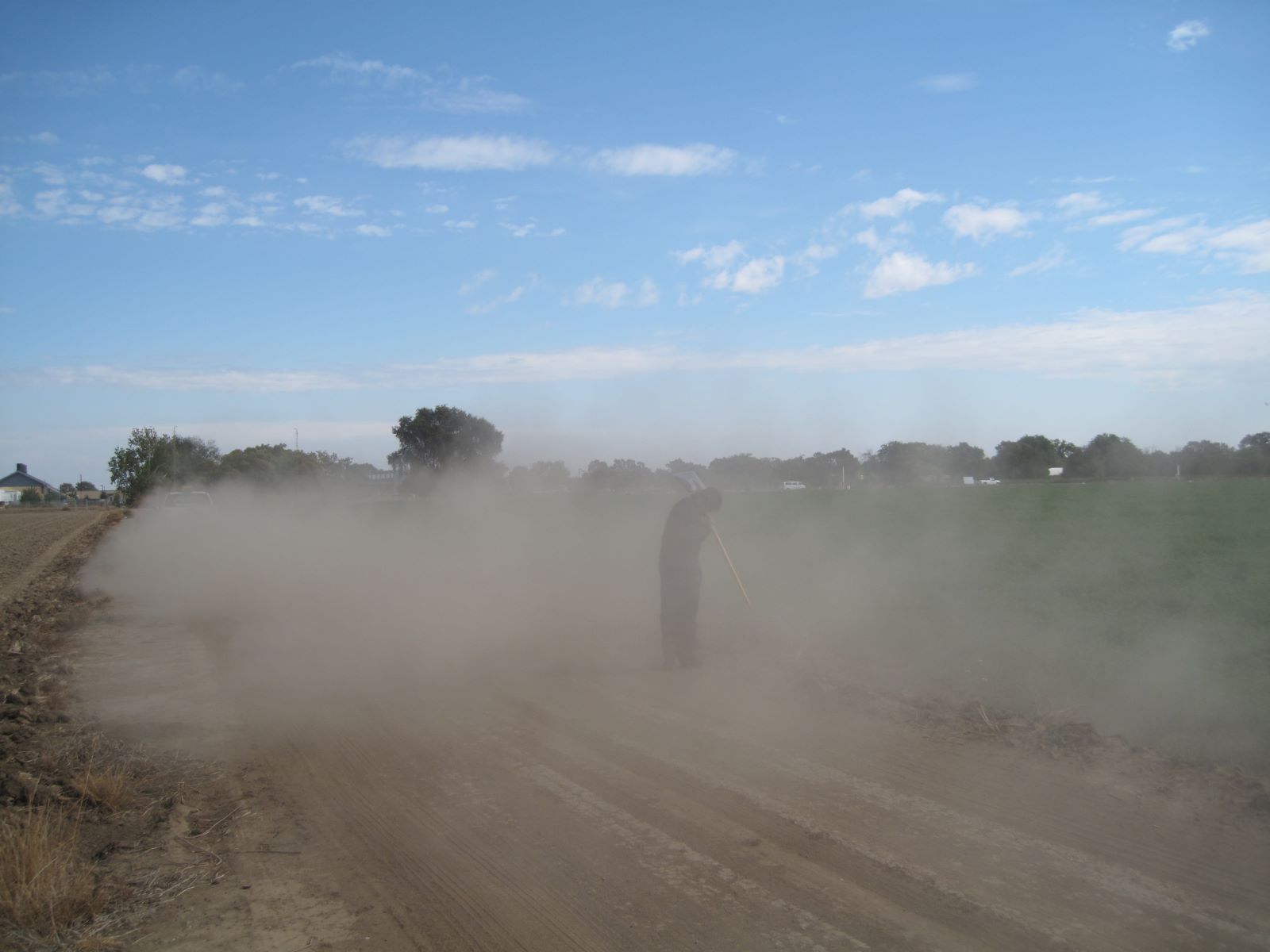 David Jones, University of California Pavement Research Center, Davis
David Jones, University of California Pavement Research Center, DavisStrong evidence correlates paved road networks with economic development. This makes sense, as a well-functioning transportation system—including quality pavements—facilitates efficient movement of goods and services, thus contributing to a growing economy. This relationship is particularly apparent in developing regions such as sub-Saharan Africa, the Pacific Islands, Southeast Asia, and Central and South America, where limited funding, a shortage of expertise, and deferred maintenance have led to deteriorated rural low-volume road networks. Under these conditions, vehicle counts tend to be low and drivers navigate slowly to avoid road damage. Pedestrians and cyclists often use the road, but slower vehicle speeds allow them time to move aside when necessary. Additionally, animal-drawn carts can safely share the road with other vehicles.
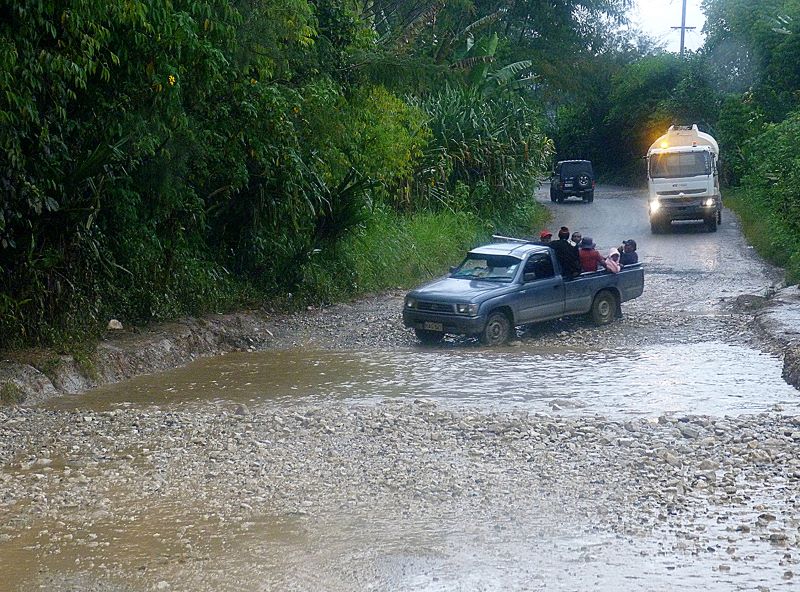 Alex E. Campbell
Alex E. CampbellInitiatives to improve rural low-volume road networks in these developing countries often lead to unanticipated safety consequences that may not be fully considered in rehabilitation projects. The most significant safety impacts stem from the increase in vehicle counts and speeds on newly improved roads, which now have smoother, distress-free, and often wider surfaces. Estimating traffic growth following improvements is challenging because of a lack of historical data and uncertainty about future developments. However, many developing countries have experienced rapid and significant growth following infrastructure upgrades. This can include the following:
- Communities relocating closer to the road
- Emergence of informal markets along the road
- Expansion of agricultural and mining activities
- Construction of healthcare and educational facilities
- Development of large-scale industries generating more traffic
Additionally, improved mobile phone coverage and other roadside developments can create distractions, increasing risks for pedestrians and bicyclists who continue to use the road.
Many rural road rehabilitation projects are funded through loans from development banks or international aid organizations, with costs kept as low as possible to maximize the length of roads improved. Design and construction contracts are often awarded to international contractors, who may not be familiar with the social and behavioral aspects of the local area. This can all lead to unintended safety risks, including the following:
- Lack of safe infrastructure for pedestrians, bicyclists, and motorcyclists, such as paved shoulders or separate walking and cycling paths.
- Absence of designated areas for public transit pick-up and drop-off, leading to unsafe passenger movements.
- No provisions for vehicles to pull off and park safely near informal markets.
- Significant speed differences between animal-drawn carts and motor vehicles, increasing collision risks.
- Minimal road signage and traffic calming measures, even in high-pedestrian areas.
- Slow adaptation of pedestrian and bicyclist behavior (e.g., people accustomed to infrequent, slow-moving traffic may not adjust quickly to increased vehicle speeds and volumes.)
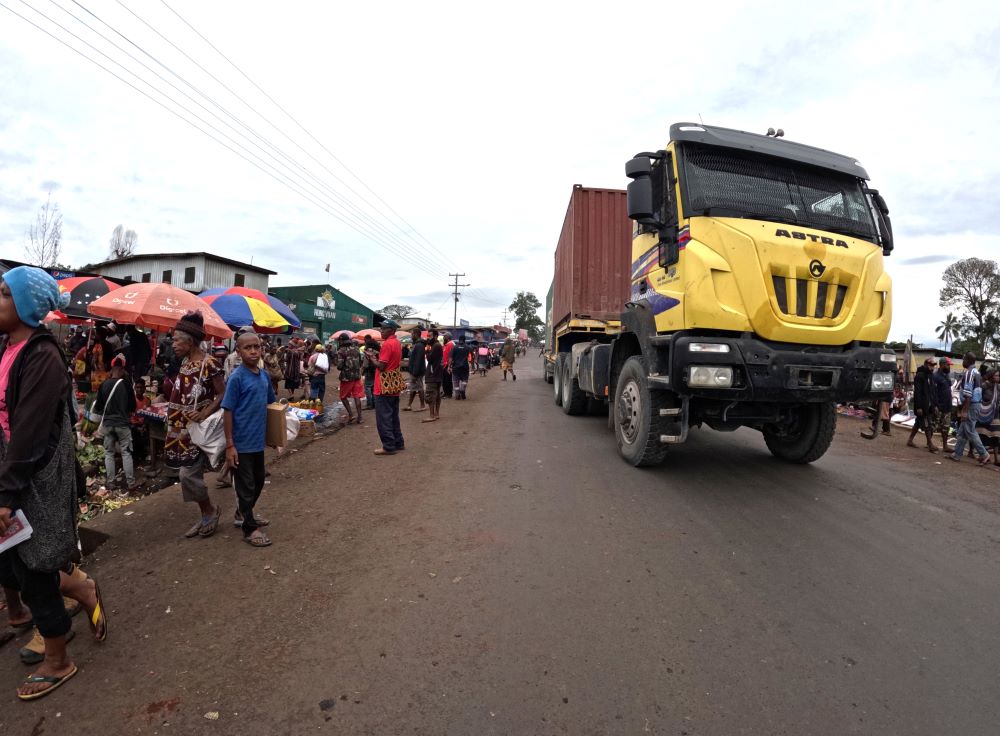 Alex E. Campbell
Alex E. CampbellSo, what needs to change? Ideally, rural road upgrading projects should go beyond economic benefits and proactively consider social and safety impacts. Many safety measures are inexpensive and add little to the overall project cost. Additionally, safety improvements can be retrofitted on completed projects where known problems are occurring. Examples of essential safety measures include but are not limited to the following:
- Conducting a safety impact assessment during the design phase to anticipate different development scenarios.
- Adding paved shoulders delineated with rumble strips to warn drivers of a lane departure and designed to accommodate pedestrians, bicycles, and animal-drawn carts. Paved shoulders also improve pavement durability by reducing moisture infiltration near the outer wheel path.
- Building market stalls with designated pull-off areas for safer roadside commerce.
- Incorporating traffic-calming measures in pedestrian-heavy areas such as schools, health care facilities, markets, and intersections. These can include rumble strips, speed humps, center medians, and painted or raised pedestrian crossings—or both.
- Installing separation barriers between pedestrians and vehicle lanes in market areas.
- Designating public transit stops to ensure safe and convenient passenger loading and unloading.
- Posting strategically placed signs that warn drivers of upcoming hazards and pedestrian activity.
By incorporating these relatively simple measures, rural low-volume road projects can enhance safety and accessibility, ensuring that economic benefits do not come at the cost of increased traffic-related injuries and fatalities.

